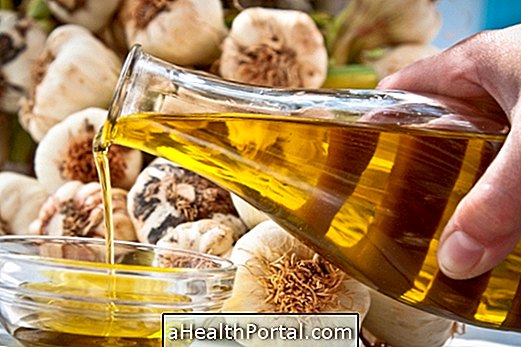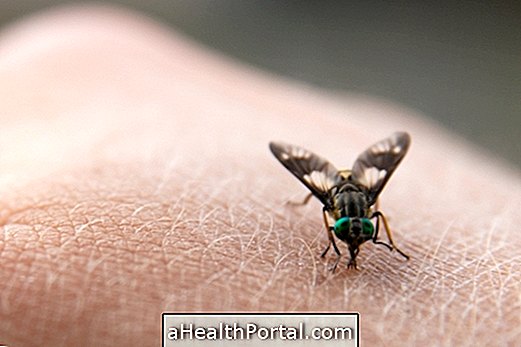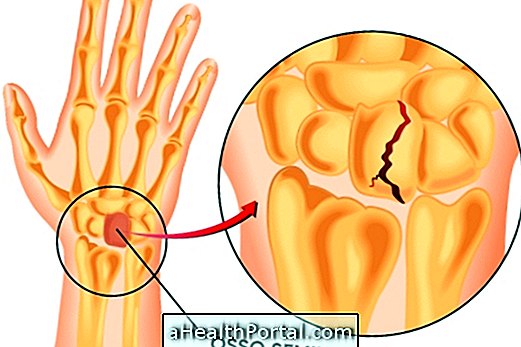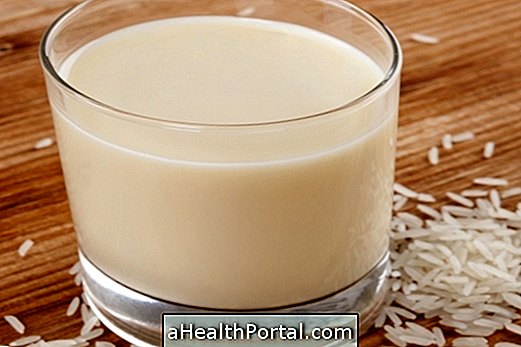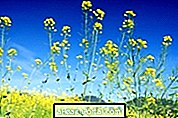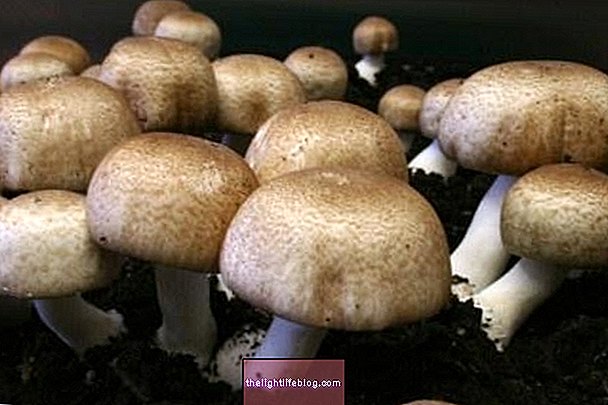Chamomile tea is a very popular home remedy worldwide, being used to treat various health problems, from gastrointestinal disorders, such as poor digestion and colic, to psychological disorders such as anxiety, irritability and nervousness, for example.
In fact, this is a very versatile medicinal plant, with different medicinal properties already proven, such as its anti-inflammatory action, regulating the immune system, antispasmodic, muscle relaxant and antibiotic.
Due to these properties, this is an excellent option to treat skin problems that cause inflammation, such as eczema, insect bites, burns and other types of redness.

Why chamomile works on the skin
Chamomile flowers, which are used to prepare tea, are very rich in essential oils and other flavonoid compounds, such as apigenin or quercetin, which work together to offer a very anti-inflammatory action, in addition to antibacterial.
For this reason, chamomile is a good option to relieve redness on the skin, in addition to disinfecting small wounds. As an option to tea, chamomile can also be used in the form of creams or ointments, which can be purchased in health food stores and even in some drugstores.
A great addition to chamomile is the use of other calming and anti-inflammatory plants, such as marigold or
Where to use chamomile tea
Chamomile tea can be used on all skin inflammations, to relieve discomfort and redness. Thus, it can be used in:
- Eczema / Dermatitis;
- Insect bites;
- Burns;
- Spines;
- Folliculitis;
- Dry skin;
- Chickenpox;
- Skin allergy;
In addition, chamomile tea has also been studied to complete the treatment of diaper dermatitis in babies, as it appears to soothe skin irritation while stimulating healing.

How to make chamomile tea for the skin
To use chamomile tea on the skin it is important to make a stronger infusion, so that there is a greater concentration of active substances that can be absorbed by the skin.
For this, the following recipe must be followed:
Ingredients
150 mL of boiling water;
3 tablespoons of chamomile flowers.
Preparation mode
Add the chamomile flowers to the boiling water and let stand for 10 minutes. Then remove the flowers, strain and let cool. Finally, dip a clean compress into the tea, squeeze out the excess and apply to the skin.
To obtain a more calming effect, it is advisable to put the tea in the refrigerator before dipping the compress, as the cold also helps to calm the inflammation.
Who should not use
Chamomile is a very safe plant and, therefore, can be used in almost all ages. However, ideally, it should always be used under the guidance of a dermatologist or herbalist.
In more rare cases, situations of allergy to chamomile may arise in which the symptoms become more intense. If this happens, you should remove the compress and wash the area with cold or warm water.
Was this information helpful?
Yes No
Your opinion is important! Write here how we can improve our text:
Any questions? Click here to be answered.
Email in which you want to receive a reply:
Check the confirmation email we sent you.
Your name:
Reason for visit:
--- Choose your reason --- DiseaseLive betterHelp another personGain knowledge
Are you a health professional?
NoMedicalPharmaceuticalsNurseNutritionistBiomedicalPhysiotherapistBeauticianOther
Bibliography
- THE LONGWOOD HERBAL TASK FORCE & THE CENTER FOR HOLISTIC PEDIATRIC EDUCATION AND RESEARCH. Chamomile (Matricaria recutita, Anthemis nobilis). Available in: . Accessed on 18 Apr 2019
- ZADEH, Jalal Bayati et al. Chamomile (Matricaria recutita) As a Valuable Medicinal Plant. International journal of Advanced Biological and Biomedical Research. Vol.2. 823-827, 2014
- NPRCDB. Chamomile: German Camomile - Matricaria recutita. Available in: . Accessed on 18 Apr 2019
